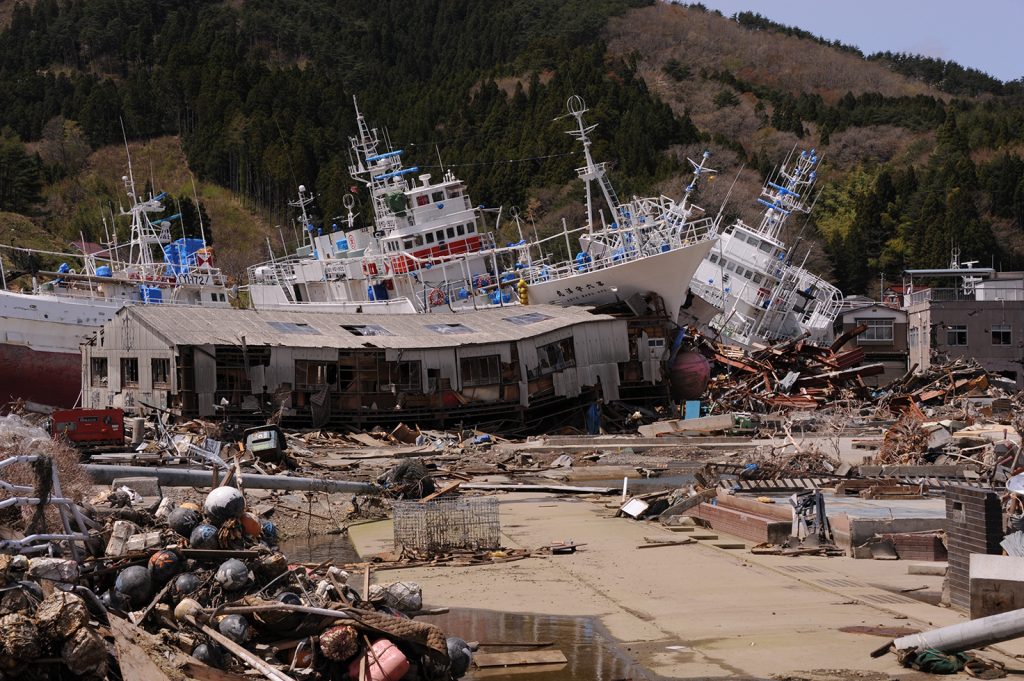Support for Disaster Recovery
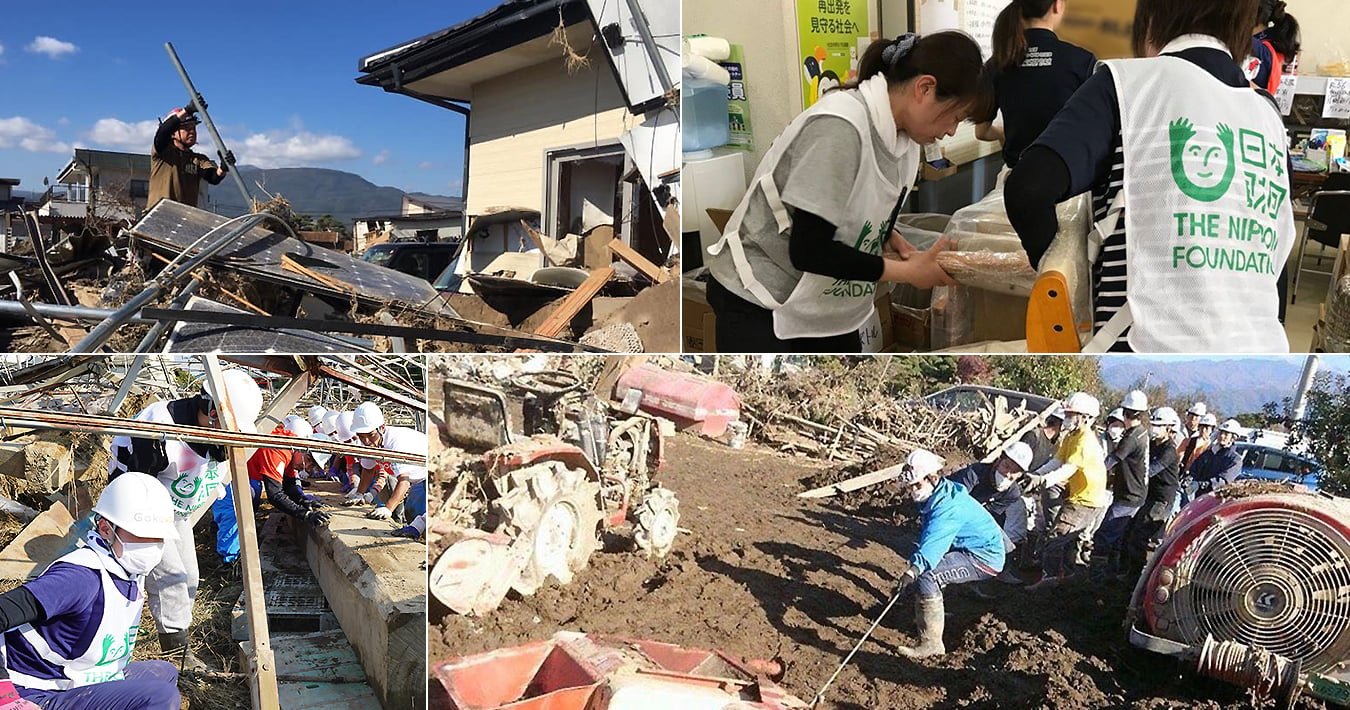

First, look at the big picture and understand the situation on the ground – this is The Nippon Foundation’s guiding principle when responding to disasters.
Our work starts before disasters strike, with simulations and human resource development across Japan, working together with governments, local communities, NGOs, medical institutions, and companies.
When a disaster does strike, we work quickly to understand the real situation in the affected area, and deliver the support that is needed to where it is needed.
Emergency response, recovery, and reconstruction.
Creating new frameworks to provide swift, appropriate support in all three phases.
Confronting disasters using the strength of our network,
We are The Nippon Foundation, a specialist organization supporting safe living.
![[Video introducing The Nippon Foundation's activities] Screen shot of the Support for Disaster Recovery project. Hiroshi Hida is subtitled saying, ‘Immediately after the disaster, Mr. Kurosawa’](/app/uploads/2020/07/en_wha_pro_dis_01-1024x603.png)
The Nippon Foundation’s support for disaster recovery
In addition to emergency relief and support for recovery and reconstruction when disasters strike, The Nippon Foundation works in various way to prepare for major disasters, including through human resource development and the establishment of a relief fund.
When a disaster strikes, specialists are quickly sent to the scene. Working with local governments and NGOs, we deliver support that meets the needs on the ground.
Special Fund for Disaster Preparedness
Building on our experience responding to the Great East Japan Earthquake that struck northeastern Japan in March 2011 and previous disasters, we established the Special Fund for Disaster Preparedness in March 2014 with a target amount of 30 billion yen, to be able to provide swift, private-sector emergency relief in the event of a major disaster. The Fund collects donations from the general public.
Response to January 2024 Noto Peninsula Earthquake
The Nippon Foundation is responding to the earthquake that struck Japan’s Noto Peninsula and surrounding areas on January 1, 2024, by providing fuel, generators, and portable showers, as well as support to NGOs involved in relief operations.
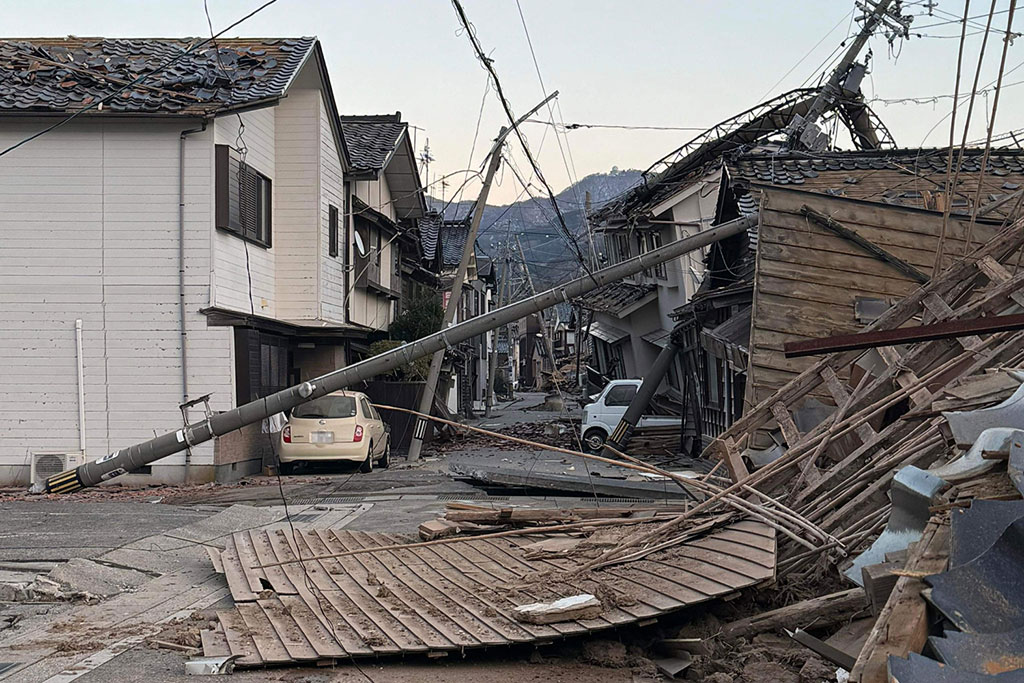
Response to July 2020 Flooding in Kyushu
The Nippon Foundation responded to the flooding that occurred in Kumamoto and Kagoshima prefectures on the island of Kyushu in July 2020 in a number of ways.
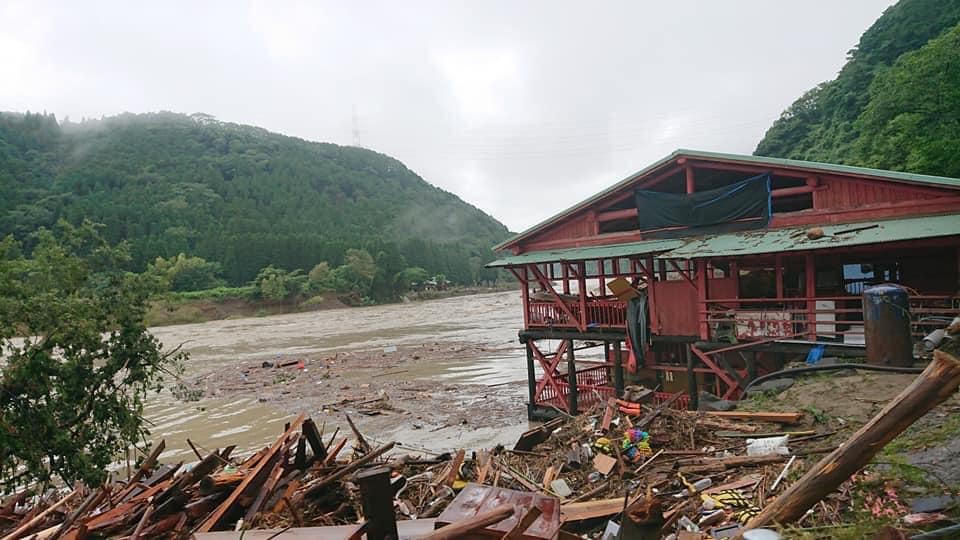
Disaster Response in 2019
The Nippon Foundation responded to several natural disasters that struck Japan during 2019. Our efforts focused on three major disasters: Typhoon Hagibis, which struck on October 12-13 and caused major damage over a wide area of central and northwestern Japan; Typhoon Faxai, which made landfall near the city of Chiba early in the morning of September 9 and caused extensive damage including prolonged power outages across Chiba Prefecture; and heavy rains in southwestern Japan that began on August 28 and caused particular damage in Saga and neighboring prefectures on the northern part of the island of Kyushu.
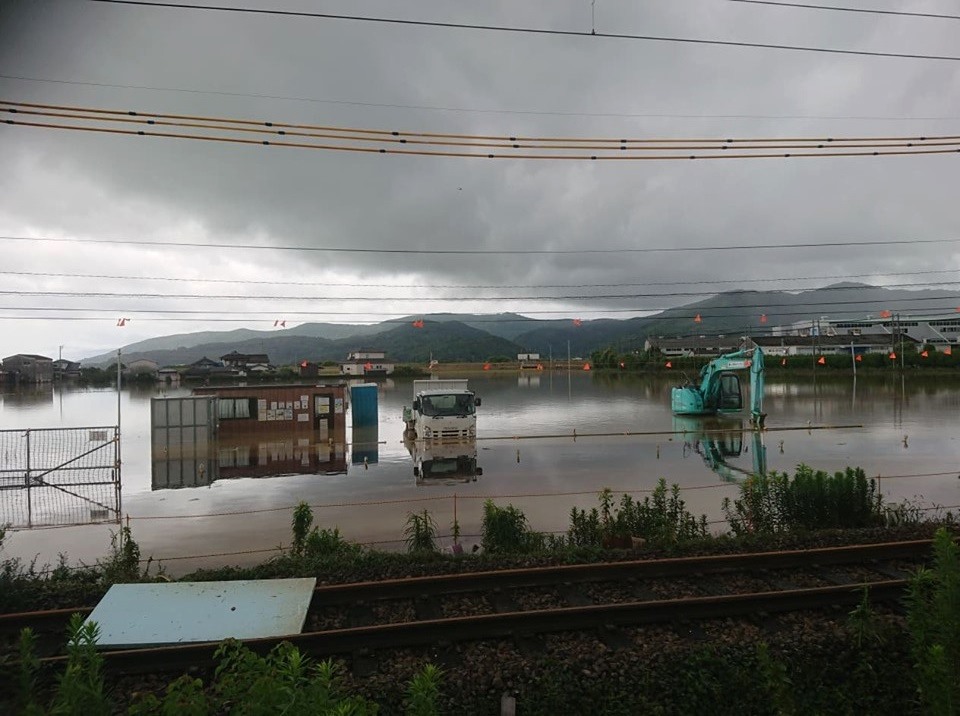
To facilitate the speedy recovery from the breeched levees, flooding, wind damage, and landslides caused by these disasters, The Nippon Foundation is working with specialist NGOs and other organizations to assess the needs on the ground and provide appropriate support, to enable the people who experienced damage to return to their daily lives and live in safety as quickly as possible.
Response to September 2018 Hokkaido Earthquake
The Nippon Foundation has been collecting donations to support relief activities in areas damaged by the major earthquake that struck Japan’s northern island of Hokkaido on September 6.
The magnitude 6.7 earthquake caused major damage, triggering landslides, disrupting infrastructure, and taking the lives of more than 40 people. The Nippon Foundation stopped accepting donations specifically for this disaster relief via the Special Fund for Disaster Preparedness on November 30.
We would like to express our thanks to everyone who contributed.
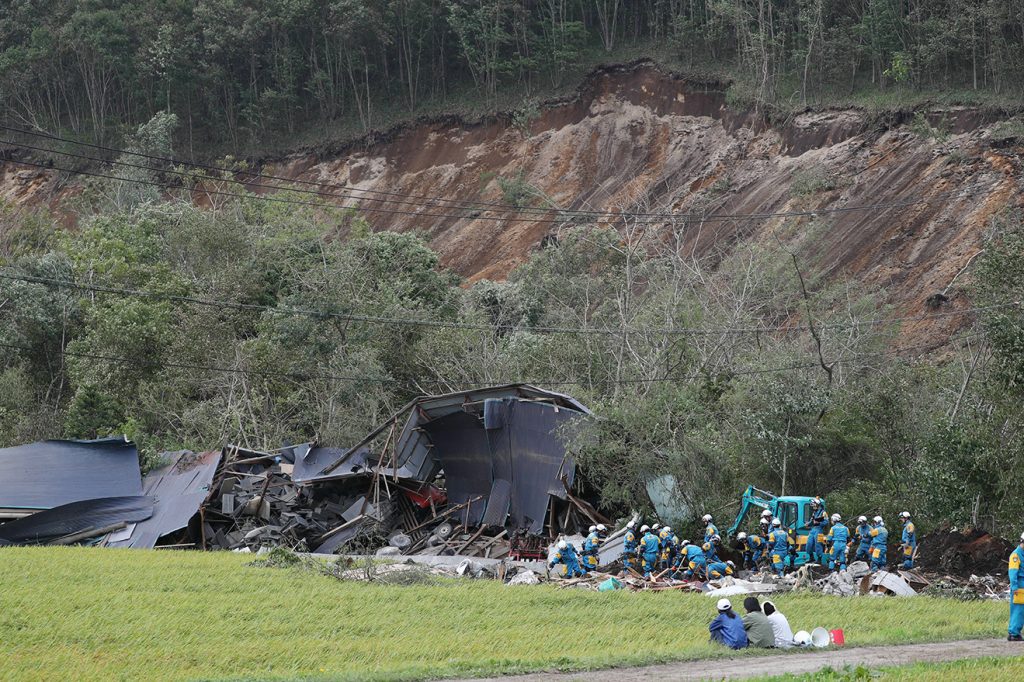
Response to 2018 Flooding in Western Japan
The heavy rain that struck western Japan from July 5, 2018, caused severe damage over a widespread area, with more than 200 people listed as dead or missing and more than 50,000 buildings damaged or destroyed.
The Nippon Foundation began accepting donations specifically for this disaster relief via the Special Fund for Disaster Preparedness on July 9, and stopped accepting donations on October 31.
We would like to express our thanks to everyone who contributed.
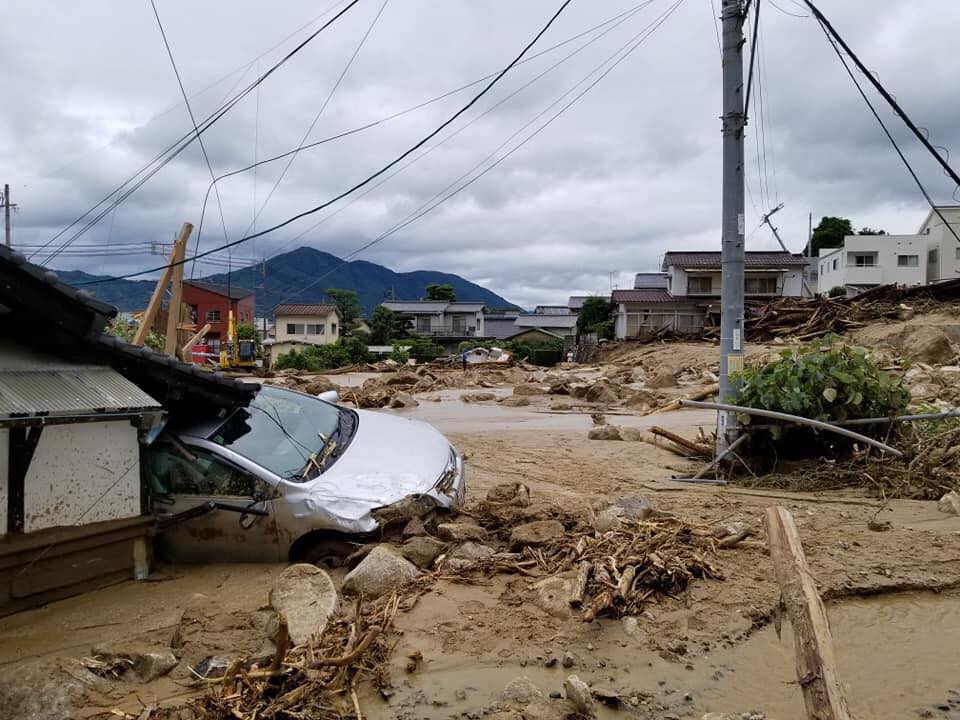
Response to the 2016 Kumamoto Earthquake
A series of earthquakes with epicenters in Kumamoto Prefecture that began on April 14, 2016, caused major damage across the island of Kyushu, and especially in Kumamoto City. The Nippon Foundation decided to act immediately after the earthquakes struck, and has been engaged in ongoing activities to support the area’s recovery and reconstruction. We would like to express our thanks to the many people who have donated to support these activities.
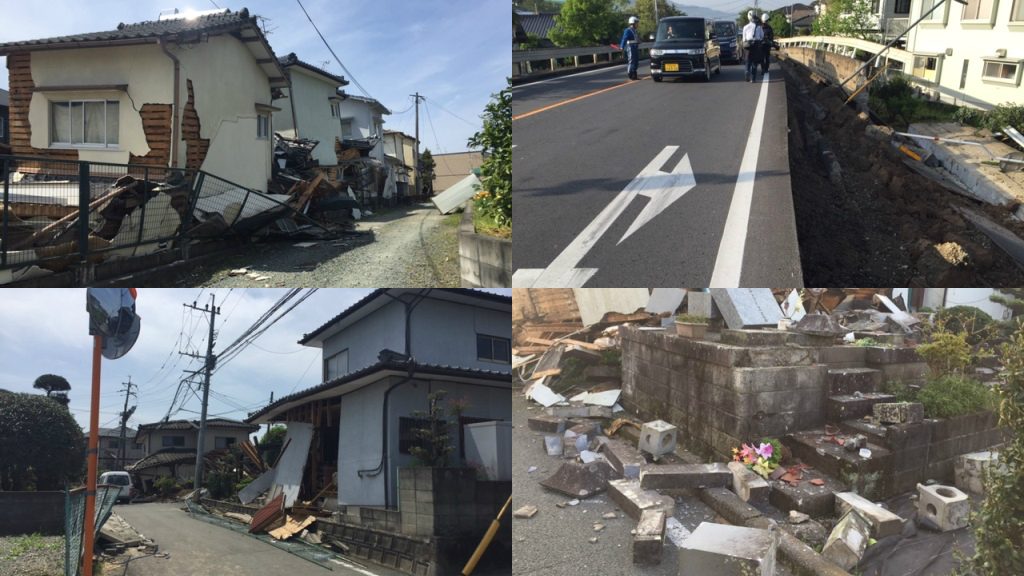
Support for Recovery from the Great East Japan Earthquake (“ROAD Project”)
We named the project the ROAD Project, using an acronym for Resilience will Overcome Any Disaster. It also conveys the sense of involving many converging roads: the road to recovery; the road to dreams for tomorrow; and the road to fulfilling individual dreams. In addition to our unique support utilizing the Foundation’s ability to respond quickly and flexibly as a private organization, we also cooperated with companies based in Japan and overseas to meet the needs of affected areas.
